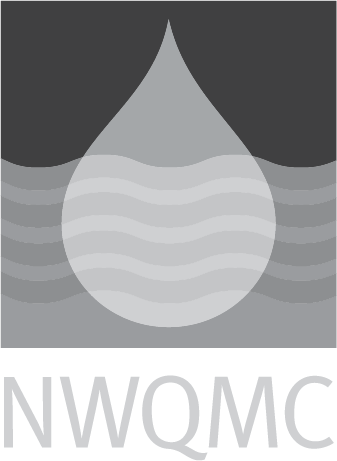USGS-NWQL: O-4436-16: Ambient purgeable volatile organic compounds (VOCs) in water by GS/MS
|
Official Method Name
|
Determination of Heat Purgeable and Ambient Purgeable Volatile Organic Compounds in Water by Gas Chromatography/Mass Spectrometry |
|---|---|
|
Current Revision
| 2016 |
|
Media
|
WATER |
|
Instrumentation
|
Gas Chromatography with Mass Spectrometry Detection |
|
Method Subcategory
|
Organic |
|
Method Source
|
|
|
Citation
|
|
|
Brief Method Summary
|
Two analytical methods have been developed by the U.S. Geological Survey (USGS) National Water Quality Laboratory (NWQL) that allow the determination of 37 heat purgeable volatile organic compounds (VOCs) (USGS Method O-4437-16 [NWQL Laboratory Schedule (LS) 4437]) and 49 ambient purgeable VOCs (USGS Method O-4436-16 [NWQL LS 4436]) in unfiltered water. The compounds chosen for inclusion in the methods were determined as having high priority by the USGS National Water Quality Assessment (NAWQA) Program. Both methods use a purge-and-trap technique with gas chromatography/mass spectrometry. |
|
Scope and Application
|
The methods are suitable for the determination of VOCs at low microgram per liter (µg/L) to nanogram per liter concentrations. The methods are applicable to groundwater, surface water, and treated water. |
|
Applicable Concentration Range
|
The suggested calibration range in water 0.025 - 10 ug/L for all compounds except meta- and para- Xylene) which is 0.05 - 20 ug/L. |
|
Interferences
|
(A) Field contamination: Collect equipment blanks. (B) Laboratory contamination: Clothing that has not been exposed to solvent vapors is worn, positive pressure in the laboratory and locate far from other laboratories where extractions using organic solvents are performed, store laboratory solvents, with the exception of methanol, outside of the VOC laboratory, store VOC stock solutions far from samples samples. (C) Sample cross contamination: Monitor using carryover blanks (COBs) and redetermination of samples following high concentration samples. (D) Presence of hydrogen sulfide and other forms of sulfur: Compounds including bromomethane, chloromethane, and hexachlorocyclopentadiene may require recalibration or qualification of results. Indications of the presence of sulfur in water samples include the detection of nontarget compounds, such as sulfur dioxide or carbonyl sulfide, within the first several minutes of the total ion chromatogram, altered calibration response in the following QC samples, or an odor of “rotten egg” when handling the sample. (D) High alkalinity and (or) a high specific conductivity: May require dilution. Such samples include oil field brines, hydraulic fracturing fluids/wastewaters, and landfill leachates. |
|
Quality Control Requirements
|
Third party check (TPC) standard, Mass Spectrometer Performance Evaluation Standard Solution, Surrogate and Internal Standard Compound Solution, Calibration Standard Solutions, Laboratory reagent-water spike (SPK) standard solution, Field equipment blanks, Trip blanks, Environmental sample replicates, Environmental samples for laboratory matrix spikes (MSPK), Continuing Calibration Verification (CCV) Standard, Limit of Quantitation (LOQ) Standard, Laboratory Reagent-Water Blank (LRB), Carryover Blank (COB), Field submitted blanks (FSB). |
|
Sample Handling
|
Store samples for VOC analysis at 4 °C ± 2 °C upon receipt |
|
Maximum Holding Time
|
14 days |
|
Relative Cost
|
Greater than $400 |
|
Sample Preparation Methods
|




